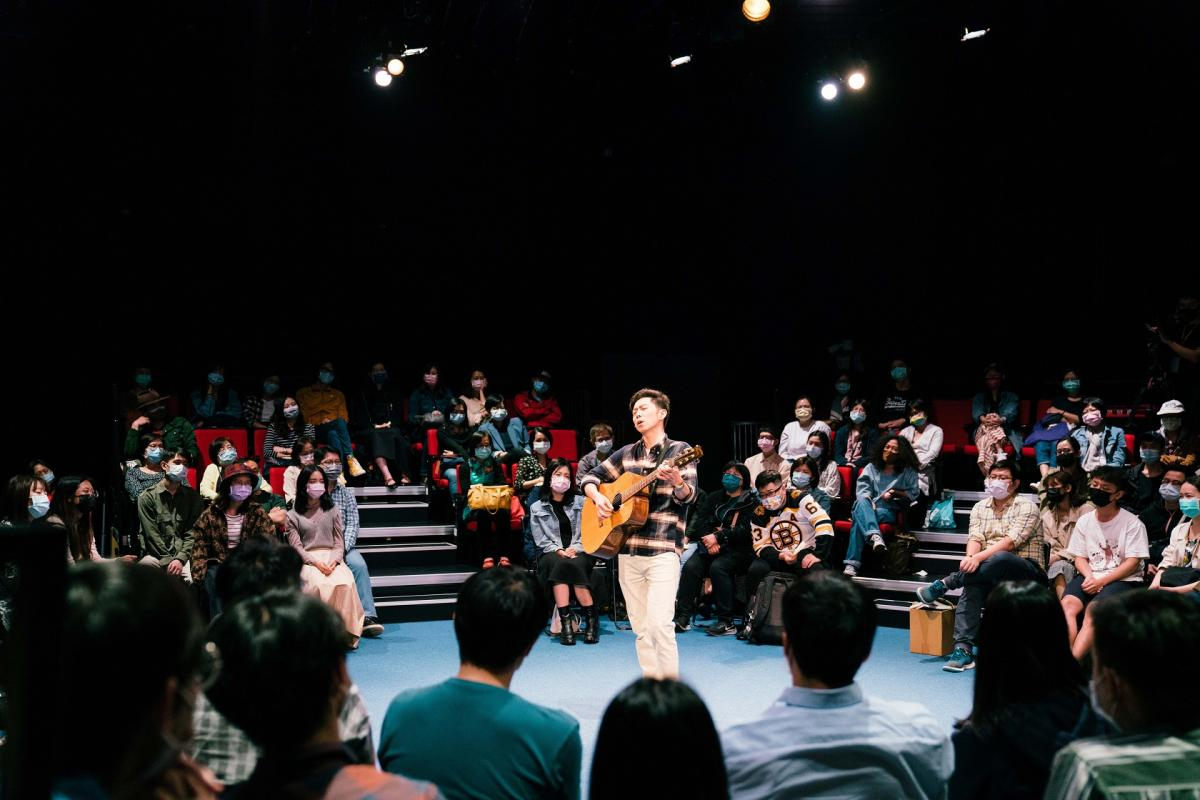Introduction: More Looks, Fewer Fixtures
In today’s lighting design landscape, budget, space, and power constraints often force lighting designers to do more with less. The challenge: how do you create a visually rich show without increasing fixture count?
The answer lies in smarter programming. By maximizing the capabilities of each fixture through layered cues, timing tricks, and creative effect use, designers can reduce physical inventory without compromising artistic intent. This article explores techniques to help you stretch your rig further—without adding a single light.
Understand the Capabilities of Each Fixture
Before optimizing programming, get familiar with every feature your fixtures offer. Even basic models can support:
Multiple color macros or CMY/RGBW mixing
Zoom or frost adjustments for coverage variety
Pan/tilt presets and shape generators
Built-in effects (chase, strobe, prism rotation)
Pixel mapping or zone control in wash fixtures
Understanding how to access and layer these features is the first step toward building flexible scenes with fewer units.
Use Grouping and Cloning to Simulate Quantity
Fixture Groups
Group fixtures logically:
Front wash
Backlight
Side light
Specials
Use groups to call uniform effects quickly and assign relative timings.
Fixture Cloning
On larger consoles, clone a small number of actual fixtures across virtual groups. Program movement or color offsets between them to simulate more coverage or density.
This approach is especially useful for preprogramming festival rigs or flexible tour shows where fixture quantities vary per venue.
Exploit Preset Variation and Randomization
One fixture can appear as five if you vary how you use it.
Techniques:
Preset palettes: Create a wide range of looks with varied gobos, colors, and zoom values
Color/random chases: Use randomized color FX to simulate larger fixture grids
Intensity fans: Delay or stagger fade-ins across a small rig for a more complex look
Randomness adds depth and prevents symmetrical "small rig" feel.
Layering with FX Engines
Modern consoles allow you to apply multiple effects to a single attribute. For instance:
Movement + intensity FX (figure-8 with a pulsing strobe)
Color chase + beam flicker
Tilt wave + zoom FX for sweeping transitions
This layered approach makes even 4–6 fixtures feel like a full array when timed creatively.
Utilize Cue Stacking and Timing Offsets
Instead of firing cues simultaneously, stagger execution:
| Cue | Content | Delay |
|---|---|---|
| Cue 1 | Wash fade in | 0s |
| Cue 2 | Spot pan sweep | +1.2s |
| Cue 3 | Color chase start | +2.0s |
| Cue 4 | Beam fan open | +3.5s |
This sequencing creates movement and builds energy—even with a static number of heads.
Use follow times, waits, and cue links to add temporal dynamics without needing additional fixtures.
Create Illusion Through Beam Focus and Isolation
A small number of fixtures can give the impression of many by changing their field of play:
Tight beam = focal attention
Wide zoom = ambient wash
Frost = soft edges for diffused space
Prism = multiply single beam appearance
By changing beam size and sharpness mid-show, the same fixture serves multiple visual roles.
Maximize Spatial Coverage with Limited Movement
Instead of relying on additional lights, use clever pan/tilt pathing to cover the stage. Use:
Fan out / fan in effects
Mirror sweeps
Circle or figure-eight motions with delays
Asymmetric positions on each fixture
Even four moving heads can appear as dozens if programmed with spatial separation and variation.
Reuse Fixtures in Multiple Cue Roles
Don’t pigeonhole fixtures into just one role. A front light can:
Wash vocals in one cue
Flicker during a strobe moment
Backlight another performer when repositioned
Design cue structure so that every light has 2–3 programmed purposes across the show. Build “reuse logic” into your previsualization.
Exploit Negative Space and Darkness
You don’t need constant full-stage coverage. In fact, less light is often more dramatic.
Use:
Blackouts to reset the eye
Directional lighting to highlight specific zones
Single fixture looks for intimacy or tension
Dark-stage chases to create motion perception
Programming with dynamic contrast builds atmosphere and helps conceal the limits of your rig.
Integrate Video and Haze for Visual Density
If fixture count is low, use supporting media:
LED walls or projections for background movement
Haze to show beam presence in open space
Mirrors or reflectors to scatter light creatively
Lighting is visual perception—using additional elements expands your canvas.
Create Cue Pages Instead of Scenes
Instead of creating entire scenes as full cues, build a cue page with independent layers:
Intensity control
Color FX
Movement FX
Zoom/beam adjustment
Specials or spot cues
Trigger or fade each layer independently to recombine base fixtures into dozens of unique looks.
Busking Smarter with Playback Layouts
For live performances without cue-to-cue precision, a small number of fixtures can deliver variety by:
Assigning macros to playback buttons
Using momentary fader FX
Recording override cues for burst transitions
Timing filter FX to different attribute groups
Even a 6-fixture setup can look dynamic with enough pre-busking preparation.
Case Study: Small Venue, Large Impact
A 150-seat black-box theater used just:
4x RGBW wash movers (with zoom)
2x profile movers (with gobos)
4x PAR uplights
Through smart programming:
Zoom FX simulated depth and width
Intensity chases replaced sidelights
Color sweeps added perceived energy
Beam rotation created visual “motion”
Audiences reported “high production value,” unaware only 10 fixtures were used.

Conclusion: More Ideas, Fewer Lights
Reducing fixture count doesn’t mean reducing impact. Through smarter programming—leveraging effects, cue structure, beam manipulation, and creative timing—you can stretch each fixture’s value.
The result? Lower budgets, faster load-ins, lighter power demands—and equally powerful audience experiences.
Smart programming is the new abundance.
READ MORE:





Blue Sea Lighting is an enterprise with rich experience in the integration of industry and trade in stage lighting and stage special effects related equipment. Its products include moving head lights, par lights, wall washer lights, logo gobo projector lights, power distributor, stage effects such as electronic fireworks machines, snow machines, smoke bubble machines, and related accessories such as light clamps.
Quick Links
For more questions subscribe to our email








